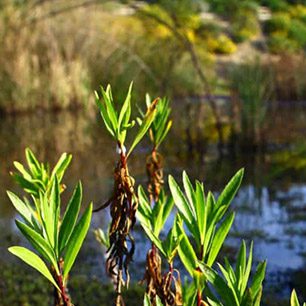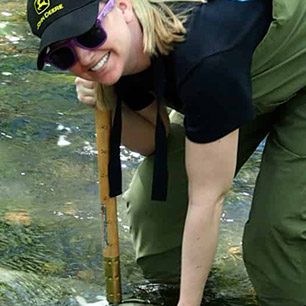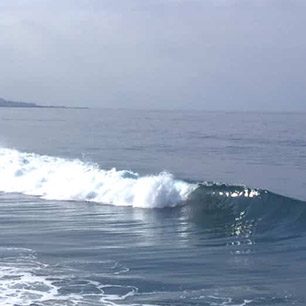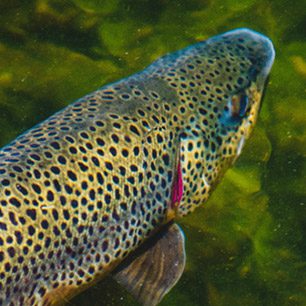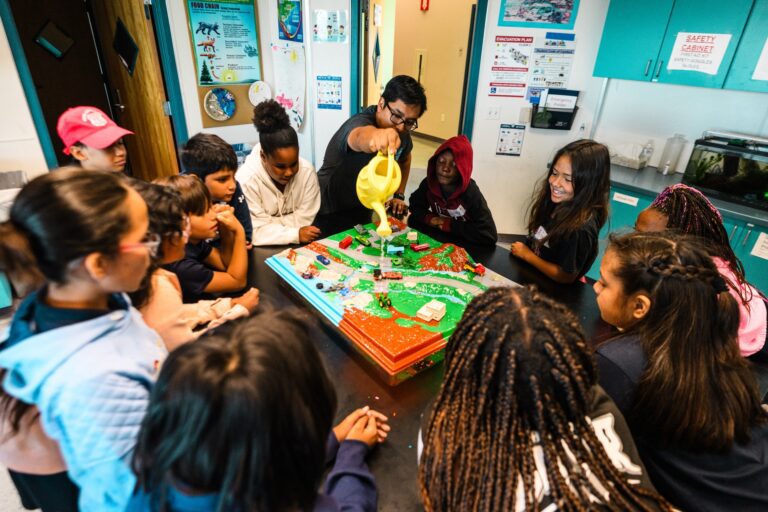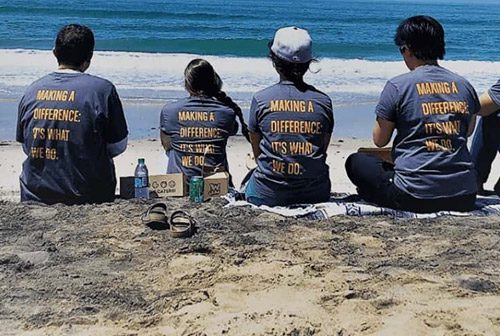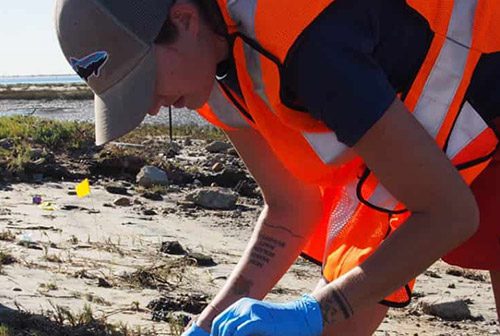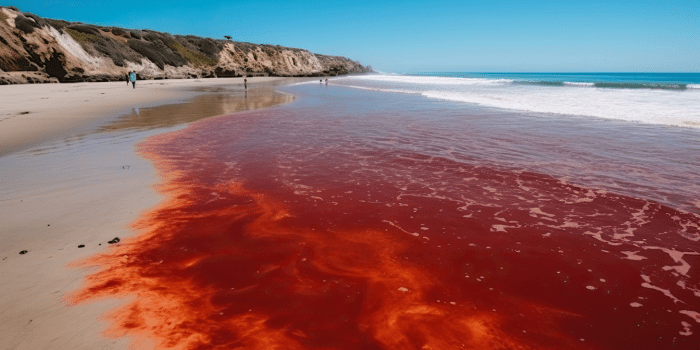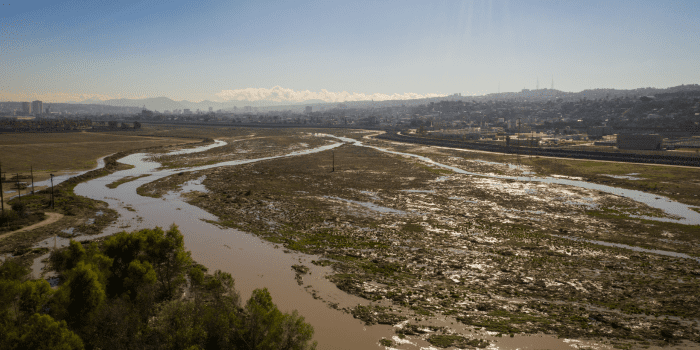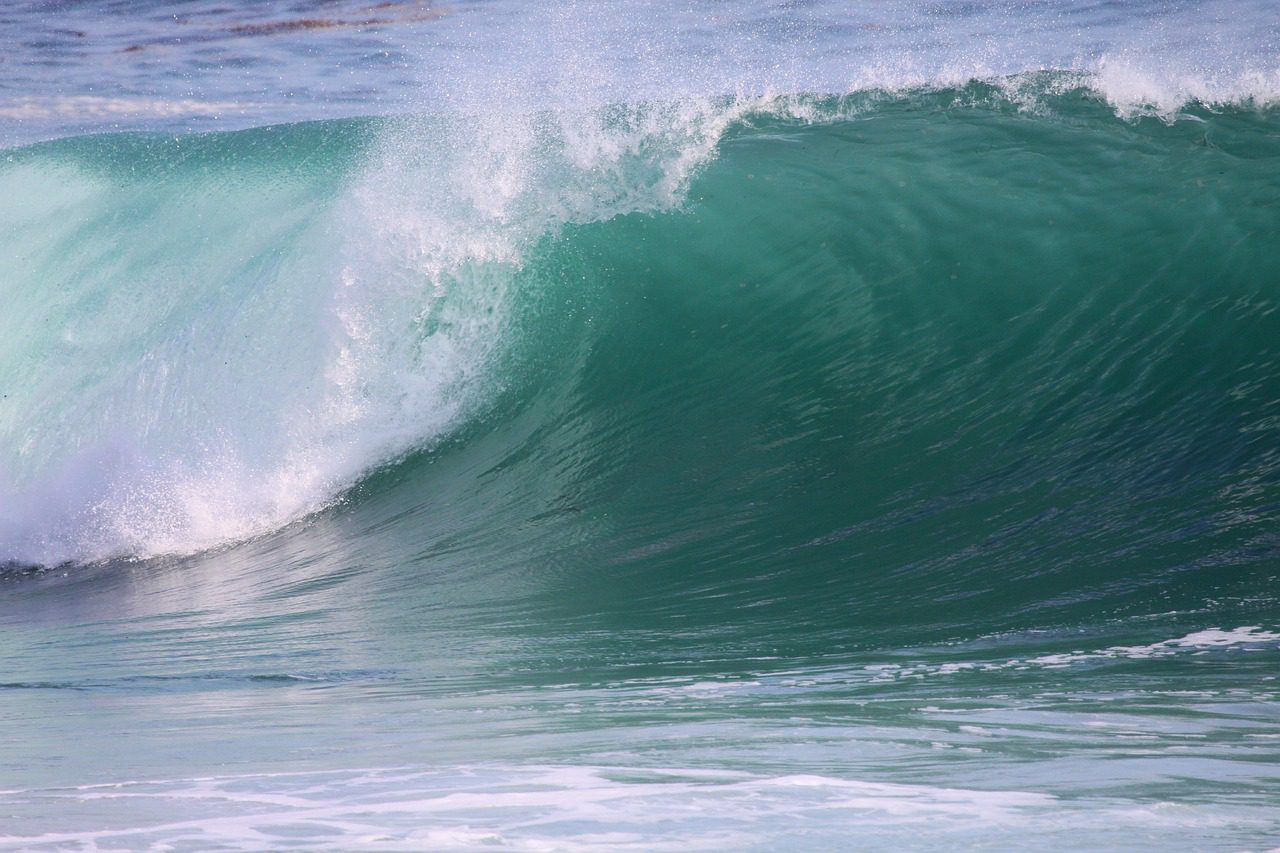Loving Food, Caring About The Environment
If you’re anything like me, you’re a bit of an amateur foodie. You might watch cooking shows like nobody’s business, get excited to try new trendy restaurants, or occasionally pay too much at overpriced coffee shops.


Like me, you might also be constantly bombarded with doom-and-gloom messages about our environment. It’s hard to keep up with all the world’s environmental issues to say the least, but I’ve heard warnings that we may run out of avocados, chocolate, and coffee in my lifetime (three of my favorite food groups). That’s why, after a while, I started to wonder: how much water really goes into the food I eat? It turns out that I was pretty surprised by the answer, and I think you might be, too.
As Californians, we’ve gotten used to hearing about the drought, to the point where it’s become rather mundane. The drought is casually touted in conversation as a mild inconvenience, but the threat is very real. Yes, we are still in a drought. It’s easy to forget how heavily we depend on water when most of us don’t see how much we use every day.
Considering The “Water Footprint”
Our “water footprint” is a helpful way to conceptualize how much water we use in our daily lives. The water footprint is a total of all the water we use– and not just directly, like when we shower or wash dishes. Our water footprint also accounts for the “virtual,” or hidden, water that goes into producing our clothes, food, and other consumer goods.
It’s hard for many of us to conceptualize just how much water goes into producing our food. For the most part, food’s journey to get to a grocery store is invisible. Although we might not see it, there’s a lot that happens before we pick up our favorite fruit at the farmer’s market.
Agriculture is estimated to account for 80 percent of our national consumptive water use and 80 percent of California’s water use. So sure, shortening your shower time can help save water, but a disproportionately large portion of your water footprint may be hidden in your eating habits. But why does food take this much water to produce?
The short answer: the food production process is complex and involves lots of steps. We have to use water to grow fruits and vegetables. After the food is grown, it often has to be processed and packaged (it takes 22 gallons of water to make a pound of plastic, so excessive packaging can add to the virtual water footprint, too). Companies may also need to use more water to clean up the pollution they create during the food production process. Then, the food might travel hundreds of miles to make it to your neighborhood grocery store. Adding meat into the equation makes things a bit more complicated. The water footprint of animal products tends to be higher than plant-based foods because of the water used to grow soy or corn-based livestock feed.


Americans are already among the highest per capita consumers of water in the world, and trends are increasing over time. As countries rapidly develop, people tend to eat more food, and especially more water-intensive foods like animal products. This means that in the future, the demand on our planet’s limited freshwater supply will continue to increase. As our population continues to grow, so will our appetite for water. That’s why we need to take action now to reduce and conserve water– so that in the future, our children’s children will have access to clean, fresh drinking water.
Beyond The Shorter Shower
While it’s important to conserve water when we brush our teeth and wash our clothes, it’s going to take more than that to address our state’s most pressing water issues. Saving water in our day-to-day lives is necessary, but not sufficient. It will also take collective action at the industry level to ensure there’s enough water– not only for us, but for future generations of Californians.
Sources:
https://www.watercalculator.org/water-use/foods-big-water-footprint/
https://www.ers.usda.gov/topics/farm-practices-management/irrigation-water-use/
https://water.ca.gov/Programs/Water-Use-And-Efficiency/Agricultural-Water-Use-Efficiency
https://droughtmonitor.unl.edu/data/pdf/current/current_ca_trd.pdf

